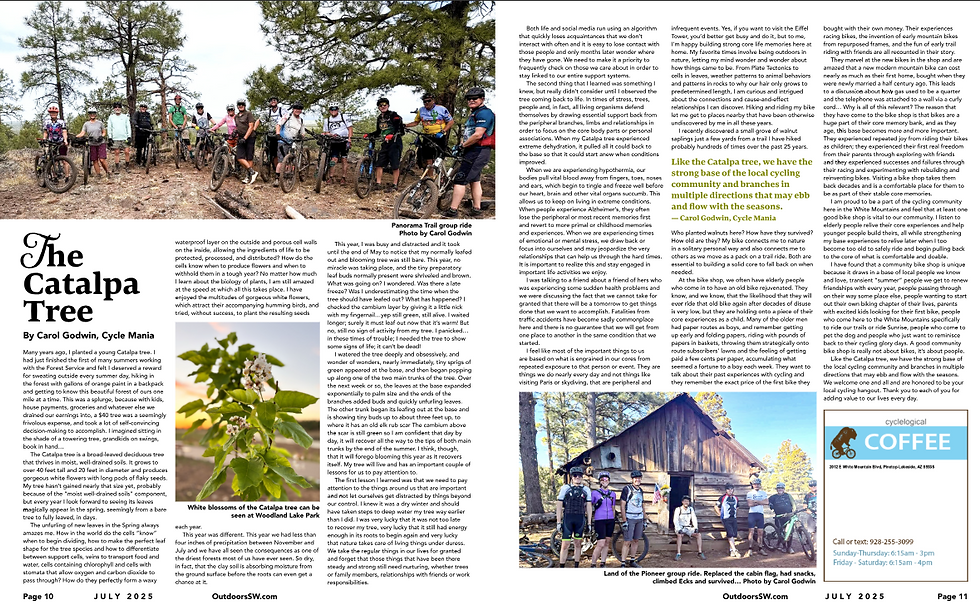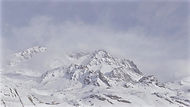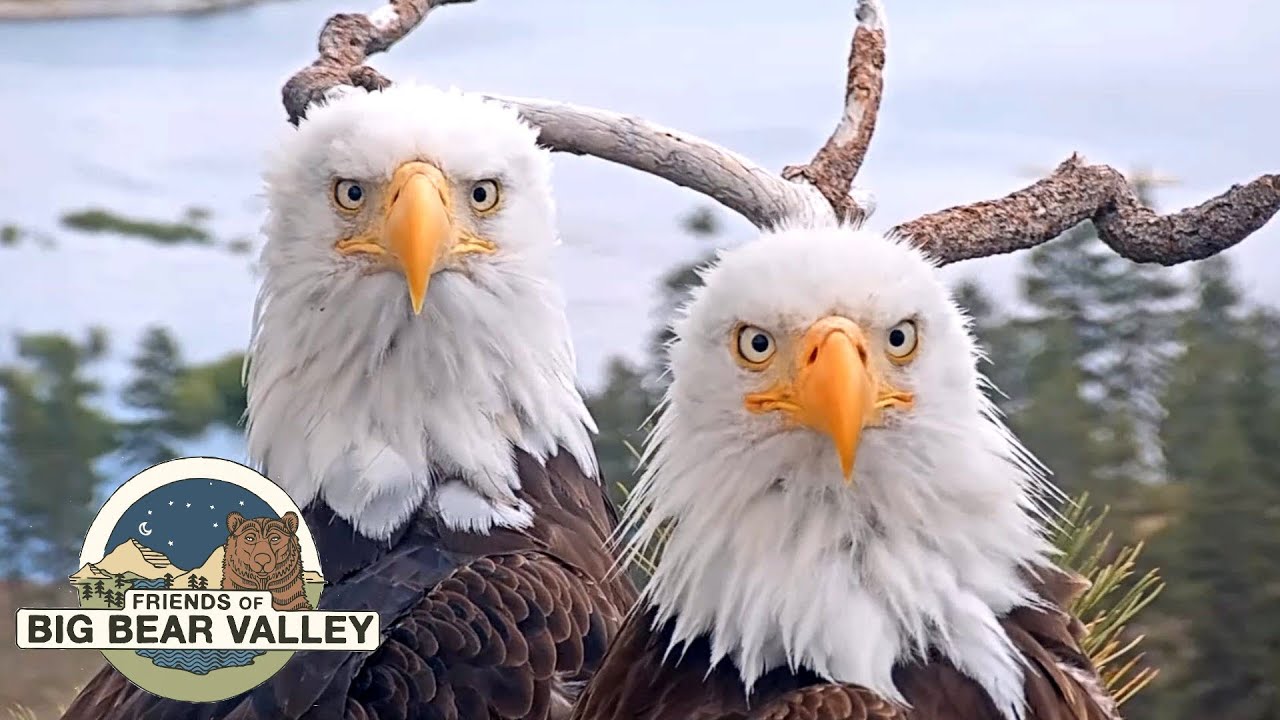Strong roots
- Carol Godwin

- Aug 22
- 8 min read

The Catalpa tree
Many years ago, I planted a young Catalpa tree. I had just finished the first of many summers working with the Forest Service and felt I deserved a reward for sweating outside every summer day, hiking in the forest with gallons of orange paint in a backpack and getting to know this beautiful forest of ours one mile at a time. This was a splurge, because with kids, house payments, groceries and whatever else we tended to drain our earnings into, a $40 tree was a seemingly frivolous expense, and took a lot of self-convincing decision-making to accomplish. I imagined sitting in the shade of a towering tree, grandkids on swings, book in hand… The Catalpa tree is a broad-leaved deciduous tree that is native to Arizona, thriving in moist well-drained soils. It grows to over 40’ tall and 20’ in diameter and produces gorgeous white flowers with long pods of flaky seeds. My tree hasn’t gained nearly that size quite yet, probably due to the “moist well-drained soils” component, but every year I look forward to seeing its leaves magically appear in the spring, seemingly from a bare tree to fully leaved, in days. The unfurling of new leaves in the Spring always amazes me. How in the world do the cells “know” when to begin dividing, how to make the perfect leaf shape for the tree species and how to differentiate between support cells, veins to transport food and water, cells containing chlorophyll and cells with stomata that allow oxygen and carbon dioxide to pass through? How do they perfectly form a waxy waterproof layer on the outside and porous cell walls on the inside allowing the ingredients of life to be protected, processed and distributed? How do the cells know when to produce flowers and when to withhold them in a difficult year? No matter how much I learn about the biology of plants, I am still amazed at the speed at which all this takes place. I have enjoyed the multitudes of gorgeous white flowers, which attract their accompanying humming birds, and tried, without success, to plant the resulting seeds each year.
This year was different. This year we had less than 4” of precipitation between November and July and we have all seen the consequences in the form of one of the driest forests most of us have ever seen. So dry, in fact, that the clay soil is absorbing moisture from the ground surface before the roots can even get a chance at it. This year, I was busy and distracted and it took until the end of May to notice that my normally leafed out and blooming tree was still bare. This year, no miracle was taking place, and the tiny preparatory leaf buds normally present were shriveled and brown. What was going on, I wondered. Was there a late freeze? Was I underestimating the time when the tree should have leafed out? What has happened? I checked the cambium layer by giving it a little nick with my fingernail…yep still green, still alive. I waited a bit longer; surely it must leaf out now that its warm! But no, still no sign of activity from my tree. I began to panic…in these times of trouble, I needed the tree to show some signs of life; it can’t be dead! I began to water the tree deeply and obsessively, and wonder of wonders, nearly immediately, tiny sprigs of green appeared at the base, and then began popping up along one of the two main trunks of the tree. Over the next week or so the leaves at the base expanded exponentially to palm size and the ends of the branches began to add buds and quickly unfurling leaves. The other trunk began its leafing out at the base and is showing tiny buds up to about 3 feet up, to where it has an old elk rub scar The cambium above the scar is still green so I am confident that day by day, it will recover all the way to the tips of both main trunks by the end of the summer. I think though, that it will forego blooming this year as it recovers itself. My tree will live and has an important couple of lessons for us to pay attention to.
The first lesson I learned was that we need to pay attention to the things around us that are important to us and not let ourselves get distracted by things beyond our control. I knew that it was a dry winter and should have taken steps to deep water my tree way earlier than I did. I was very lucky that is was not too late to recover my tree, very lucky that it still had energy enough in its roots to begin again and very lucky that nature takes care of living things under duress. We tend to take the regular things in our lives for granted and forget that those things that have been there steady and strong still need nurturing, whether trees or family members, relationships with friends or work responsibilities. Both life and social media run using an algorithm that quickly loses acquaintances that we don’t interact with often and it is easy to lose contact with those people and only months later begin to wonder where they have gone. We need to make it a priority to frequently check on those we care about in order to stay linked to our entire support systems.
The second thing that I learned was something I knew, but really didn’t consider until I observed the tree coming back to life. This is that in times of stress, trees, people and, in fact all living organisms, defend themselves by drawing essential support back from the peripheral branches, limbs and relationships in order to focus on the core body parts or personal associations. When my Catalpa tree experienced extreme dehydration, it pulled all it could back to the base so that it could start anew when conditions improved. When we are experiencing hypothermia, our bodies pull vital blood away from fingers, toes, noses and ears which begin to tingle and freeze well before our heart, brain and other vital organs succumb. This allows us to keep on living in extreme conditions. When people begin to experience Alzheimer’s, they often lose the peripheral or most recent memories first and revert to more primal or childhood memories and experiences. When we are experiencing times of emotional or mental stress, we begin to draw back or focus into ourselves and may jeopardize the very relationships that can help us through the hard times. It is important to realize this and stay engaged in important life activities we enjoy.
I was talking to a friend about a friend of hers who was experiencing some sudden health problems and we were discussing the fact that we cannot take for granted that there will be a tomorrow to get things done that we want to accomplish. Fatalities from traffic accidents have become sadly commonplace here and there is no guarantee that we will get from one place to another in the same condition that we started. What are the important things to you? I feel like most of the important things to us are based on what is engrained in our cores from repeated exposure to that person or event. They are things that we do nearly every day and not things like visiting Paris or skydiving, that are peripheral and infrequent events. Yes, if you want to visit the Eifel Tower, you’d better get busy and do it, but to me, I’m happy building strong core life memories here at home. My favorite times involve being outdoors in nature letting my mind wonder and wonder about how things came to be. From Plate Tectonics to cells in leaves, weather patterns to animal behaviors and patterns in rocks to why our hair only grows to predetermined length, I am curious and intrigued about the connections and cause-and-effect relationships I can discover. Hiking and riding my bike let me get to places nearby that have been otherwise undiscovered by me in all these years. I recently discovered a small grove of walnut saplings just a few yards from a trail I have hiked probably hundreds of times over the past 25 years. Who planted walnuts here? How have they survived? How old are they? My bike connects me to nature in a solitary personal way and also connects me to others as we move as a pack on a trail ride. Both are essential to building a solid core to fall back on when needed.
At the bike shop, we often have elderly people who come in to have an old bike rejuvenated. They know, and we know, that the likelihood that they will ever ride that old bike again after decades of disuse, is very low, but they are holding onto a piece of their core experiences as a child. Many of the older men had paper routes as boys, and remember getting up early and folding papers, riding with pounds of papers in baskets, throwing them strategically onto route subscribers’ lawns and the feeling of getting paid a few cents per paper, accumulating what seemed a fortune to a boy each week. They want to talk about their early experiences with cycling and they remember the exact price of the first bike they bought with their own money. They tell about their experiences racing bikes and how the first mountain bikes were invented using old bike frames cut up and repurposed to hold wider, stronger wheels and how much fun it was to go out and get crazy with friends on the simple trails they first began on. They marvel at the new bikes in the shop and are amazed that a new modern mountain bike can cost nearly as much as their first home, bought when they were newly married a half century ago. This leads to a discussion of how gas used to be a quarter and the telephone was attached to a wall via a curly cord… Why is all of this relevant? The reason that they have come to the bike shop is that bikes are a huge part of their core memory bank, and as they age this base becomes more and more important. They experienced repeated joy from riding their bikes as children, they experienced their first real freedom from their parents through exploring with friends and they experienced successes and failures through their racing and experimenting with rebuilding and reinventing bikes. Visiting a bike shop takes them back decades and is a comfortable place for them to be as part of their stable core memories.
I am proud to be a part of the cycling community here in the White Mountains and feel that at least one good bike shop is vital to our community. I listen to elderly people relive their core experiences and help younger people build theirs, all while strengthening my own base experiences to relive later when I too become too old to safely ride and begin pulling back to the core of what is comfortable and doable. I have found that a community bike shop is unique in that it draws in a base of local people we know and love, transient “summer” people we get to renew friendships with every year, people passing through on their way someplace else, people wanting to start out their own biking chapter of their lives, parents with excited kids looking for their first bike, people who come here to the White Mountains specifically to ride our trails or ride Sunrise, people who come to pet the dog and people who just want to reminisce back to their cycling glory days. A good community bike shop is really not about bikes, its about people. Like the Catalpa tree, we have the strong base of the local cycling community and branches in multiple directions that may ebb and flow with the seasons. We welcome one and all and are honored to be your local cycling hangout. Thank you to each of you for adding value to our lives every day.
































Comments